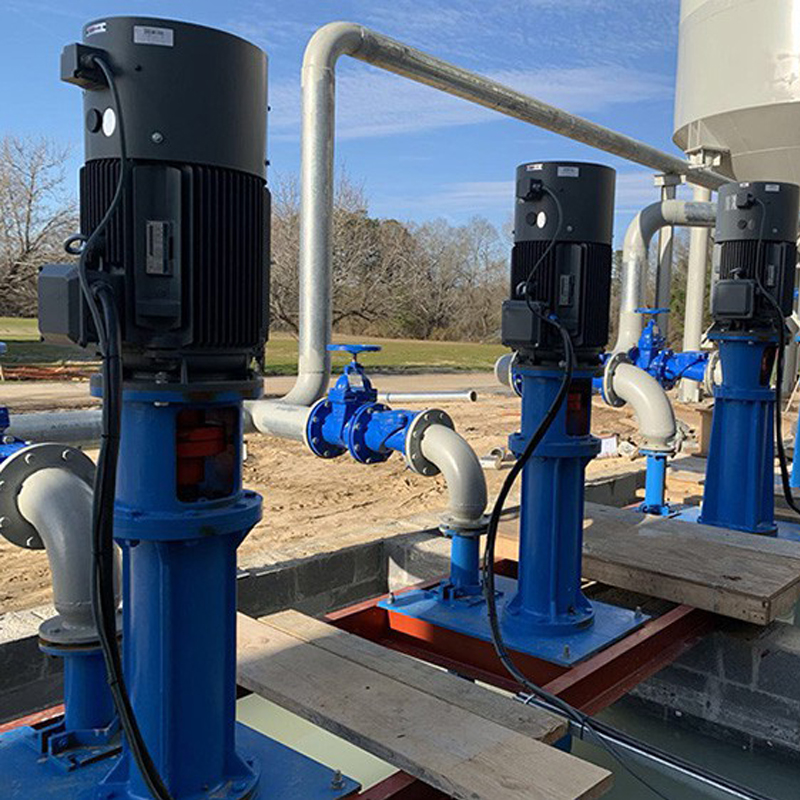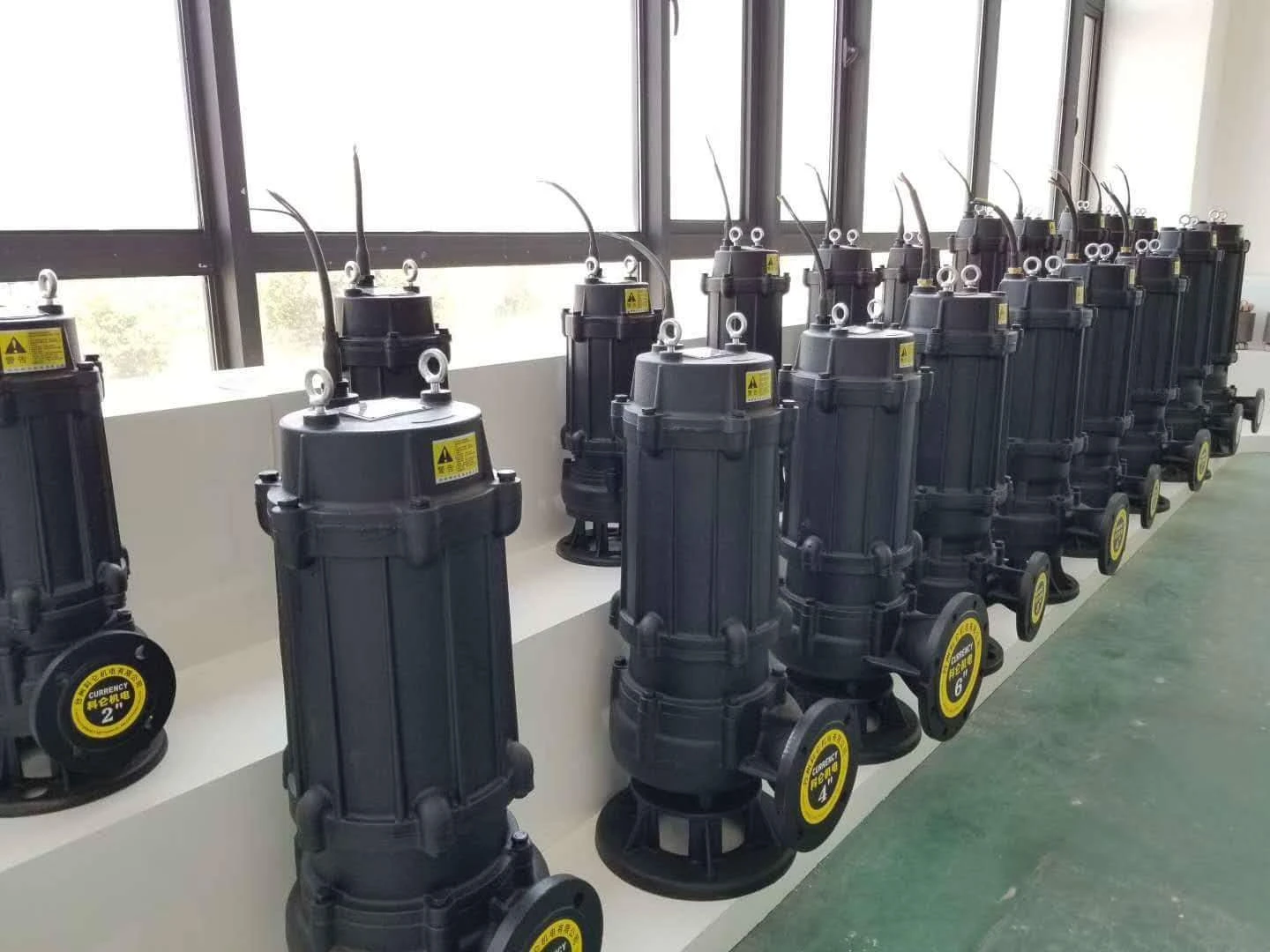Russian
- Afrikaans
- Albanian
- Amharic
- Arabic
- Armenian
- Azerbaijani
- Basque
- Belarusian
- Bengali
- Bosnian
- Bulgarian
- Catalan
- Cebuano
- Corsican
- Croatian
- Czech
- Danish
- Dutch
- English
- Esperanto
- Estonian
- Finnish
- French
- Frisian
- Galician
- Georgian
- German
- Greek
- Gujarati
- Haitian Creole
- hausa
- hawaiian
- Hebrew
- Hindi
- Miao
- Hungarian
- Icelandic
- igbo
- Indonesian
- irish
- Italian
- Japanese
- Javanese
- Kannada
- kazakh
- Khmer
- Rwandese
- Korean
- Kurdish
- Kyrgyz
- Lao
- Latin
- Latvian
- Lithuanian
- Luxembourgish
- Macedonian
- Malgashi
- Malay
- Malayalam
- Maltese
- Maori
- Marathi
- Mongolian
- Myanmar
- Nepali
- Norwegian
- Norwegian
- Occitan
- Pashto
- Persian
- Polish
- Portuguese
- Punjabi
- Romanian
- Russian
- Samoan
- Scottish Gaelic
- Serbian
- Sesotho
- Shona
- Sindhi
- Sinhala
- Slovak
- Slovenian
- Somali
- Spanish
- Sundanese
- Swahili
- Swedish
- Tagalog
- Tajik
- Tamil
- Tatar
- Telugu
- Thai
- Turkish
- Turkmen
- Ukrainian
- Urdu
- Uighur
- Uzbek
- Vietnamese
- Welsh
- Bantu
- Yiddish
- Yoruba
- Zulu
Telephone: +86 13120555503
Email: frank@cypump.com
Май . 07, 2025 17:36 Back to list
Anti-Abrasive Sand Slurry Pumps Durable & High-Efficiency Solutions
- Understanding the Critical Role of Sand Slurry Pumps in Industrial Operations
- Technical Advantages Driving Efficiency in Abrasive Environments
- Performance Comparison: Leading Manufacturers in the Slurry Pump Market
- Tailored Solutions for Diverse Industrial Applications
- Real-World Case Studies: Success Stories Across Industries
- Key Metrics for Selecting the Optimal Sand Slurry Pump
- Future-Proofing Operations with Advanced Anti-Abrasive Technology

(sand slurry pump)
Sand Slurry Pumps: The Backbone of Heavy-Duty Material Handling
Industrial sectors requiring continuous transfer of abrasive mixtures rely on sand slurry pump
s to maintain operational efficiency. These pumps handle dense fluids containing up to 70% solids by weight, with particle sizes exceeding 50mm in specialized configurations. Modern designs withstand pH levels from 3 to 12, operating temperatures up to 120°C, and deliver flow rates exceeding 8,000 m³/hr in mining-scale applications.
Technical Advantages Driving Efficiency in Abrasive Environments
Premium anti-abrasive sand slurry pumps incorporate three critical innovations:
- Chromium Carbide Liners (28-32 HRC hardness) doubling component lifespan vs standard cast iron
- Hydraulic efficiency gains of 15-20% through CFD-optimized impeller designs
- Seal systems maintaining ≤10 ppm leakage at 6.3 MPa pressure ratings
Performance Comparison: Leading Manufacturers in the Slurry Pump Market
| Parameter | Model X | Model Z | Industry Avg. |
|---|---|---|---|
| Max Flow Rate (m³/h) | 5,200 | 4,800 | 3,750 |
| Pressure (Bar) | 28 | 24 | 19 |
| Efficiency (%) | 86 | 78 | 72 |
| MTBF (Hours) | 15,000 | 11,000 | 8,500 |
Tailored Solutions for Diverse Industrial Applications
Custom engineering enables slurry sand pumps to adapt to specific operational demands:
- Mining: 40% increased wear resistance for ore tailings with 60% silica content
- Construction: Compact designs achieving 25% space savings in dewatering operations
- Metallurgy: High-temperature variants handling 400°C slag slurry mixtures
Real-World Case Studies: Success Stories Across Industries
A copper mining operation achieved 18-month service intervals using modified sand slurry pumps with:
- 92% reduction in unscheduled downtime
- 37% lower energy consumption per ton processed
- ROI within 14 months through decreased maintenance costs
Key Metrics for Selecting the Optimal Sand Slurry Pump
Critical selection parameters include:
- Abrasion resistance index ≥85% for severe duty cycles
- NPSH requirements ≤6 meters for challenging installations
- ISO 5199 compliance for seal chamber dimensions
Future-Proofing Operations with Advanced Anti-Abrasive Technology
Next-generation anti-abrasive sand slurry pumps integrate smart monitoring systems predicting wear patterns with 90% accuracy, enabling:
- 35% reduction in spare parts inventory
- Predictive maintenance schedules aligned with actual wear rates
- Automated performance adjustments maintaining ±2% flow consistency

(sand slurry pump)
FAQS on sand slurry pump
Q: What is a sand slurry pump and where is it commonly used?
A: A sand slurry pump is a heavy-duty pump designed to handle abrasive mixtures of water, sand, and solids. It is commonly used in mining, dredging, and construction to transport high-density slurries efficiently.
Q: How does an anti-abrasive sand slurry pump differ from standard models?
A: Anti-abrasive sand slurry pumps feature reinforced materials like high-chrome alloys or rubber linings to resist wear from abrasive particles. This extends the pump’s lifespan in harsh applications like mineral processing or sand mining.
Q: What factors should I consider when selecting a slurry sand pump?
A: Key factors include slurry abrasiveness, particle size, flow rate requirements, and pump material durability. Opt for corrosion-resistant designs and adjustable impellers for varying operational demands.
Q: Can a sand slurry pump handle high-density mixtures without clogging?
A: Yes, specialized sand slurry pumps use wide passageways and robust impellers to minimize clogging. Regular maintenance and proper sizing ensure optimal performance with thick, high-solid slurries.
Q: What maintenance practices prolong the life of an anti-abrasive sand slurry pump?
A: Regularly inspect and replace worn liners, seals, and impellers. Ensure proper lubrication and avoid running the pump dry to reduce wear and maintain efficiency in abrasive environments.
-
ISG Series Vertical Pipeline Pump - Chi Yuan Pumps | High Efficiency, Low Noise
NewsAug.13,2025
-
Heavy-Duty Wear-Resistant Mining Slurry Pumps for Industrial Use
NewsAug.13,2025
-
ISG Series Pipeline Pump - Chi Yuan Pumps | High Efficiency, Energy Conservation
NewsAug.13,2025
-
ISG Series Vertical Pipeline Pump - Chi Yuan Pumps Co., LTD. | High Efficiency, Energy Conservation
NewsAug.12,2025
-
ISG Series Pipeline Pump - Chi Yuan Pumps | High Efficiency, Low Noise
NewsAug.12,2025
-
ISG Series Pipeline Pump-Chi Yuan Pumps|High Efficiency, NIST Compliance
NewsAug.12,2025










